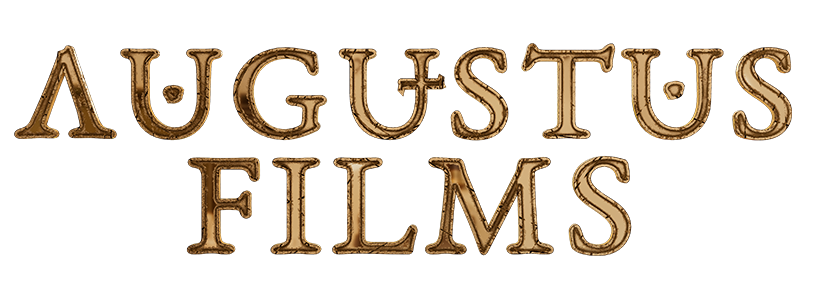A balance sheet is a snapshot of the business’s position and includes assets, liabilities and Equity. Debits and credits tend to come up during the closing periods of a real estate transaction. The purchase agreement contains debit and credit sections. The debit section highlights how much you owe at closing, with credit covering the amount owed to you. For that reason, we’re going to simplify things by digging into what debits and credits are in accounting terms. After you have identified the two or more accounts involved in a business transaction, you must debit at least one account and credit at least one account.
The total dollar amount of all debits must equal the total dollar amount of all credits. A debit is an accounting entry that results in either an increase in assets or a decrease in liabilities on a company’s balance sheet. In fundamental accounting, debits are balanced by credits, which operate in the exact opposite direction.
Process Payments Rapidly
Liabilities and equity are on the right side of the balance sheet formula, and these accounts are increased with a credit entry. The journal entry includes the date, accounts, dollar amounts, and debit and credit entries. An explanation is listed below the journal entry so that the purpose of the entry can be quickly determined. The number of debit and credit entries, however, may be different. Finally, the double-entry accounting method requires each journal entry to have at least one debit and one credit entry. Double-entry accounting allows for a much more complete picture of your business than single-entry accounting does.
You would debit notes payable because the company made a payment on the loan, so the account decreases. Cash is credited because cash is an asset account that decreased because cash was used to pay the bill. In an accounting journal, Accounting for Startups: 7 Bookkeeping Tips for Your Startup will always be in adjacent columns on a page. Entries are recorded in the relevant column for the transaction being entered.
Double Entry Bookkeeping System
A dangling debit is a debit balance with no offsetting credit balance that would allow it to be written off. It occurs in financial accounting and reflects discrepancies in a company’s balance sheet, as well as when a company purchases https://intuit-payroll.org/what-is-the-best-startup-accounting-software/ goodwill or services to create a debit. There is also a difference in how they show up in your books and financial statements. Credit balances go to the right of a journal entry, with debit balances going to the left.
Rather, they measure all of the claims that investors have against your business. Most businesses these days use the double-entry method for their accounting. Under this system, your entire business is organized into individual accounts. Think of these as individual buckets full of money representing each aspect of your company. If there’s one piece of accounting jargon that trips people up the most, it’s “11 revenue models, examples & tips for startups to pick the right one.”
How debits and credits affect equity accounts
The total of your debit entries should always equal the total of your credit entries on a trial balance. The difference between debits and credits lies in how they affect your various business accounts. Your goal with credits and debits is to keep your various accounts in balance. You can earn our Debits and Credits Certificate of Achievement when you join PRO Plus. To help you master this topic and earn your certificate, you will also receive lifetime access to our premium debits and credits materials. These include our visual tutorial, flashcards, cheat sheet, quick tests, quick test with coaching, and more.
- The table below can help you decide whether to debit or credit a certain type of account.
- List your credits in a single row, with each debit getting its own column.
- As long as the total dollar amount of debits and credits are in balance, the balance sheet formula stays in balance.
- However, your friend now has a $1,000 equity stake in your business.
- For instance, an increase in an asset account is a debit.
- This can include money owed to suppliers, money owed to lenders, and money owed in taxes.
When recording debits and credits, it is essential to use the correct accounting principle. For example, if a company purchases inventory with cash, the Cash account will be credited, and the Inventory account will be debited. If a company pays off a loan, the Loan account will be debited, and the Cash account will be credited. The inventory accounts, as their name suggests, concern the raw materials, work in progress, and finished goods of a company. The asset accounts contain the tangible assets, inventories, cash and cash equivalents, and so on that are located on the asset side of the balance sheet.
Journal Entries: Debits and Credits
Financing activities include cash from sources such as loans and equity investments. The balance sheet can be used to assess a company’s financial health, identify trends over time, and compare its performance to that of its peers. For small businesses, the balance sheet can be particularly useful in understanding where they stand financially and making informed decisions about their future. The highlighted green on assets and expenses shows an increase in assets and expenses. Highlighted green on Liabilities, Capital and income show a decrease. By understanding how debits and credits work, you can ensure that your financial records are accurate and up-to-date.



